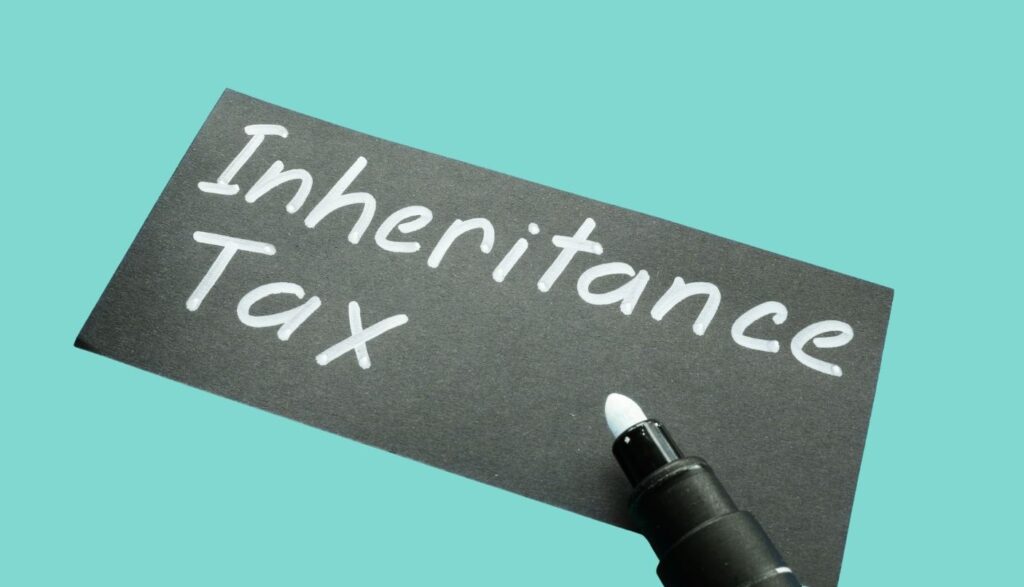Introduction
After assisting clients in identifying their current Inheritance Tax (IHT) exposure, we shift focus to reducing the taxable value of their estate. Building on the foundational principles outlined in Part 1, we will now explore straightforward strategies we frequently recommend, including:
- Making gifts from surplus income
- Transferring property during one’s lifetime
- Equity release planning
Gifting from Surplus Income
Unlike the gifts discussed in Part 1, gifts made from surplus income are not treated as Potentially Exempt Transfers (PETs). There is no seven-year rule for this relief, but the gifts must:
- Be made regularly or follow a pattern (e.g. monthly, quarterly, annually)
- Come from surplus, post-tax income
- Not reduce the donor’s usual standard of living
This exemption is not limited to next of kin and can be applied to any individual of the donor’s choosing. It is claimed by the executors after death, making detailed record-keeping essential.
Gifts out of surplus income can also be transferred to trusts (explored in Part 3) and used to pay premiums on IHT insurance policies.
Example
Dr Ahmed, an orthopaedic consultant, earns annually:
- £195,000 in private and NHS practise fees
- £25,000 in investment income
- £60,000 in rental profits
After tax, his net income is approximately £170,000. With annual living expenses, hobbies, and holidays costing around £140,000, he retains a surplus of £30,000. By establishing a regular gifting pattern from this surplus to his children and grandchildren, and maintaining clear records, these gifts qualify for immediate IHT exemption, with no requirement to survive seven years. HMRC provides a helpful template for tracking such gifts, and AMS frequently assists clients in creating documented gifting plans aligned with their cash flow forecasts.
Can an Investment Property Be Gifted?
Yes, a property can be gifted, and if the donor survives for seven years after the transfer, it typically falls outside the estate for IHT purposes. However, if there is an outstanding mortgage, Stamp Duty Land Tax (SDLT) may be payable on the debt transferred, and Capital Gains Tax (CGT) could be due based on the property’s market value at the time of the gift.
What If the Home Is Gifted but Still Occupied?
If a residential property is gifted but the donor continues living there without paying full market rent, HMRC treats the gift as ineffective for IHT purposes. Under the “gift with reservation of benefit” rules, the property remains part of the estate. To ensure the gift is valid for IHT mitigation:
- The new owner must receive full market rent
- A formal tenancy agreement must be in place
Without these steps, the gift will not achieve the intended IHT relief.
Capital Gains Tax (CGT) on Gifting Property
When an investment property is gifted to a connected person (e.g. a child), HMRC treats it as if sold at market value. If the property is not the donor’s main residence, this can trigger an immediate CGT bill on any gain since purchase. CGT is charged at:
- 18% for basic rate taxpayers
- 24% for higher rate taxpayers
- An annual exemption of £3,000 applies for the 2025/26 tax
Example
Dr Yakub, a higher rate taxpayer, owns a buy-to-let property worth £500,000 (originally purchased for £300,000) with no mortgage. He wishes to gift it to his son. A CGT liability of £48,000 arises on the £200,000 gain, and the CGT return and payment must be made within 60 days of completion. The gift is a PET for IHT purposes; after seven years, the property falls outside the estate (with taper relief on the IHT liability applying if death occurs between three and seven years). In Part 3, AMS will demonstrate how Dr Yakub could use a trust to reduce CGT when gifting investment properties.
Transferring an Investment Property into a Company
HMRC treats the transfer of an investment property into a company as a sale at full market value, since the donor is connected to the company for CGT purposes. This can result in an immediate CGT bill on any increase in value since purchase. SDLT is also payable, based on market value, plus a 5 percent additional property surcharge.
While reliefs such as incorporation relief or partnership exemptions may defer or reduce these costs, they are only available in specific circumstances (contact us if you would like to explore said exemptions).
Once inside a company, future rental profits are taxed at Corporation Tax rates, currently lower than higher rate Income Tax, and the company can deduct full mortgage interest as a business expense. However, withdrawing profits for personal use (e.g. via dividends) triggers additional Income Tax charges.
What Is Equity Release for IHT Planning?
Equity release involves unlocking cash from one’s home (via a lifetime mortgage or home reversion plan) while continuing to live there. The loan reduces the net value of the estate, as the debt is repaid upon death. The funds raised can be gifted (subject to the seven-year rule) or spent.
Example
Dr Jones owns a £450,000 home with no mortgage and £125,000 in other assets. By releasing £120,000 of equity (and assuming this is spent), his taxable estate drops from £575,000 to £455,000, reducing his IHT liability from £100,000 to £52,000. However, interest compounds over time, diminishing the inheritance left for heirs.
Coming Up in Part 3
Having explored straightforward ways to reduce the taxable value of an estate, Part 3 will delve into more advanced planning techniques, namely discretionary trusts.
If you would like to see how AMS can help, please click here for a 30 minute complementary conversation.




